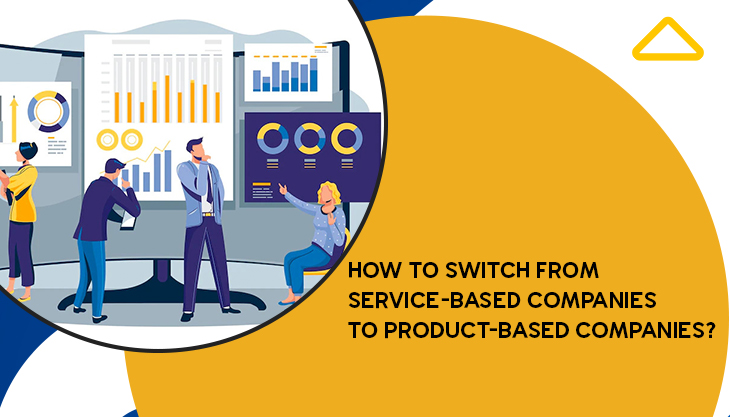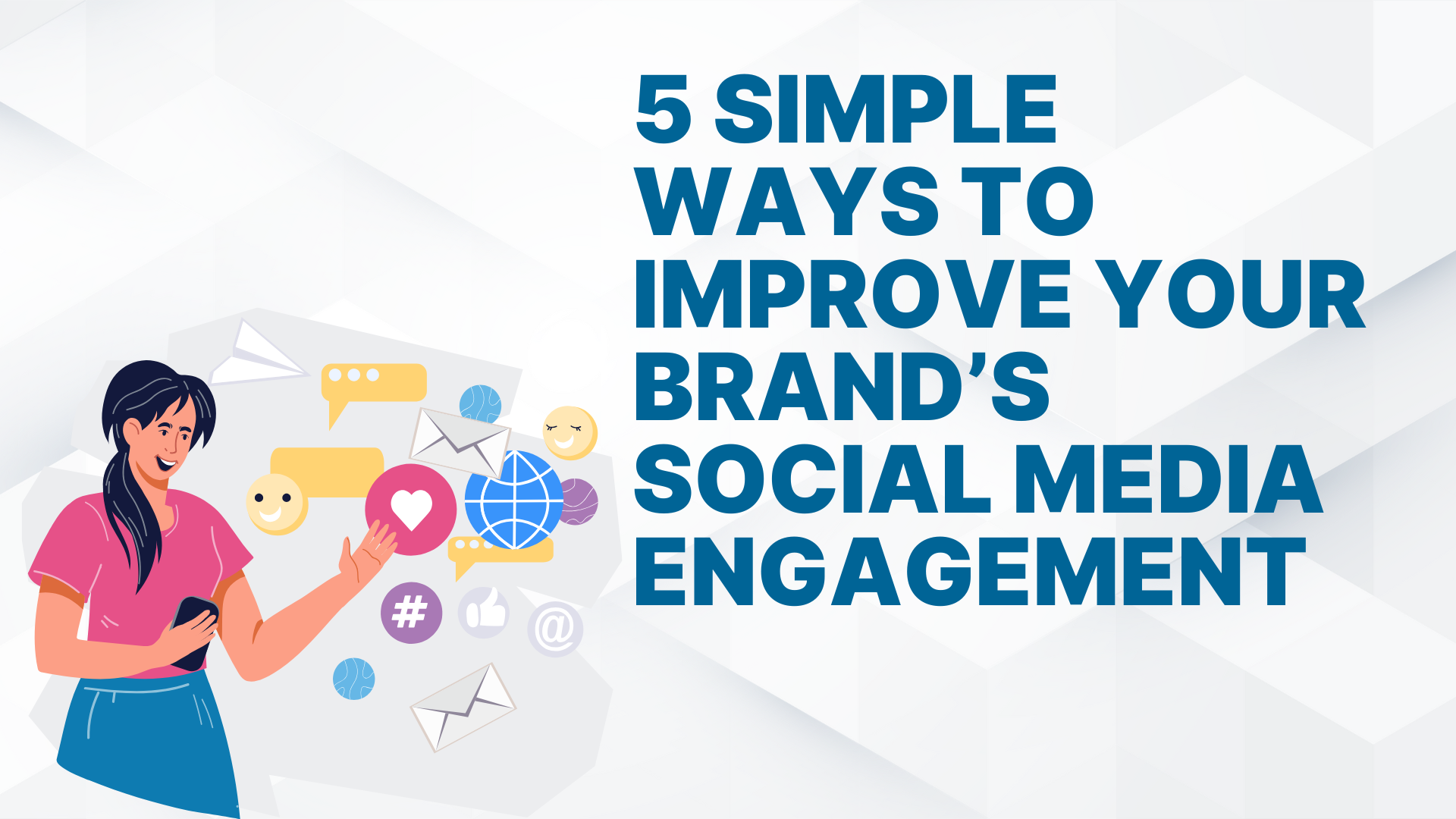If working for a product-based company is your dream, but you're stuck in a boring service-based job with no excitement left, all you have to do is take the proper approach, and transitioning to one of these organisations will seem like a walk in the park.
There are numerous approaches to attracting the attention of product-based businesses, but first, let's define the term. Are you interested in learning more about service-based and product-based businesses?
What is a Service Based Company?
Service-based company mostly provide support for existing applications. Their customers are mainly other businesses. They provide services such as:
* Development of software
* Maintenance
* Advisory Services
* Management of Business Performance
What Is a Product-Based Company?
Product Based Companies develop new items in their respective fields. Apple Inc., for example, is a company that makes iPods, Macbooks, and iPhones. Then, from time to time, they upgrade their products to improve their performance. Their clientele are frequently members of the same company's team.
After graduation, the majority of software engineers in India work for a service-based organisation. While there is nothing wrong with working in a service-oriented organisation, many people choose to work in a product-oriented company for the following reasons:
* Exceptionally higher pay
* Work that is better
* Taking more responsibility
Consider the pay disparity between service-based and product-based businesses. Freshers at service-based companies are typically paid 3-5L per year, but most product based companies pay more than twice. Big tech product-based enterprises and high-growth startups pay 4-5 times that. Most engineers naturally aspire to work for a product-based organisation.
However, getting there is not easy. It's also not that difficult. It necessitates a distinct type of preparation as well as a significant amount of effort. If done consistently, the proper amount of hard work in the right direction can make it simple to achieve.
Let's take a look at the many interview rounds and a plan for preparing for them in order to transition from a service-based to a product-based organisation.
Stages of the Interview Process for SDE-1 Positions in Product-Based Companies
1. Shortlisting of Resumes
The majority of job vacancies attract hundreds to thousands of applications. It is impossible for a corporation to interview every candidate who submits an application. Recruiters and hiring managers shortlist only those resumes that stand out or match the job descriptions the best in order to decrease the number of interviews.
At this point, the majority of candidates are turned down.
You should be able to get through if you have done decent projects, developed a nice resume, and applied for the proper post.
2. Call for Inquiry
This stage usually includes speaking with a recruiter about previous work experience and current expectations. This phase should be quite easy to pass if you have done solid development work, either at work or through self-projects, and have done adequate study about the firm and the jobs prior to the call.
3. Round of Machine Coding/LLD/Take-Home Assignment
Uber, Flipkart, Swiggy, Udaan, and other companies have begun hiring through the machine coding round as the first round. This round is designed to test your coding and low-level design abilities. It asks you to develop and code a generic problem solution utilising best coding principles, particularly object-oriented programming. In this stage, the majority of candidates are eliminated.
4. Rounds of Problem-Solving, Data Structures, and Algorithms/Online Coding
A data structure and algorithm interview is used by the majority of product-based organisations to employ. The goal of this interview is to assess your problem-solving abilities by determining the appropriate data structures and algorithms to solve logical problems. It's extremely unlikely that you'll be able to get into a product-based company unless you've done well at DSA.
5. HR/Behavioural Round/Hiring Manager/Bar Raiser
In the majority of circumstances, this is the last round. You'll be evaluated on a combination of technical and non-technical skills. Good projects and properly presenting your experience may help you breeze through this round. Before this round, make sure you've done enough research on the role.
You may be asked riddles, basic DSA questions, SQL queries, fundamental OOP, and other theoretical ideas in addition to the in-depth discussion of your projects.
How Should You Prepare for Product-Based Businesses?
1. Learn to Code and Practice Online Coding
Learn to code with a strong emphasis on the fundamentals. Languages to consider are C++ or Java. You should strive to get so comfortable with coding that you will be able to code the high-level answer without any thought.
Online coding differs significantly from the way we learn to code in college or on the job. To gain confidence, practise a few fundamental questions on an online coding platform.
2. Object-Oriented Programming (OOP)
It is a programming language that allows you to create programmes that are (OOP).
OOP is a critical programming paradigm that is utilised by practically all product-based businesses. Machine coding and low-level design rounds are also used to test it. You can prepare by having a good understanding of OOP fundamentals and some hands-on practice.
3. Learn the fundamentals of DSA
One of the most significant subjects in Data Structures and Algorithms is DSA Foundations.
You should learn how to calculate a solution's time and space complexity. Many people skip this phase, which makes optimising their solutions challenging.
Recursion is a concept used in many algorithms and practically all significant data structures, therefore learn how to conceive and write recursively. After recursion, the next concept you should understand is Divide and Conquer. Practice questions that demand recursion and divide-and-conquer thinking.
4. Learn the fundamentals of DSA and put them into practice
The majority of your time should be spent learning and practising DSA.
Use questions linked to: to help you learn concepts and gain confidence in these topics.
Array, Linked List, Stack, Queue, and Binary Tree are all examples of data structures.
2 pointers, searching, sorting, and hashing.
Do not rely on memorization. Do not read coverage-increasing solutions. Lay the groundwork and try to tackle difficulties on your own.
5. Build Projects and Learn Development
Learn to develop software if you aren't currently doing so in your current position. That's exactly what you'll do on the job as well. Good projects also aid in the shortlisting of your CV and provide you an advantage in Hiring Manager interviews.
Build good projects that will help you learn while also making your resume stand out. You don't want to work on projects that everyone else has completed.
You can work on full-stack web or mobile development. I recommend doing full-stack programming to save time and because most vacant positions require full-stack developers.
6. Make sure your CV and LinkedIn profile are in order
You can start applying to startups and mid-sized enterprises if you've learned and practised basic DSA and completed a few development tasks. If you want to get calls from these companies, make sure your CV and LinkedIn profile are set up correctly.
7. Learn Intermediate DSA and put it into practise
You must also be proficient in intermediate DSA in order to work for the top tech firms.
DSA subjects for intermediate students include:
* Greedy, Backtracking
* Strings, Tries & Bit Manipulation
* Set, Map, Heap
* Dynamic Programming
* Graph
These are extremely challenging topics. You can easily get into one of the top tech businesses if you do it effectively.
8. Study the theory (DBMS, OS, Networks)
Learn about DBMS, OS, and Networks, as well as other key CS topics. These are important subjects that could be brought up in any interview. You don't want to get turned down for an interview because of it. While learning DBMS, learn Intermediate SQL as well.
9. Practice SQL and machine coding
Start preparing for other interview kinds once you've finished with DSA, OOP, core CS, and projects. To easily clear the machine coding rounds at Uber, Flipkart, Swiggy, Udaan, and other companies, practise 5-7 Machine Coding Questions in a timely way.
Get your hands dirty with SQL as well. You may be asked to write SQL queries by hiring managers or other interviewers.
10. Timed tests, whiteboard/paper, and practise interviews are all good ways to prepare for an interview
It is timed to prepare in a situation that replicates an actual interview when you are almost ready to start doing interviews. There are three things you must do in order to achieve this:
1. Timed tests: During the interview, you will have 30-45 minutes to answer a question. It is preferable to practise a large number of questions in timed tests to become accustomed to solving issues quickly.
2. In most circumstances, you won't have access to a computer for onsite interviews. Instead, you'll need to code on a whiteboard or piece of paper. You'll need to scribble code on a whiteboard or a piece of paper. Coding on it is not the same as coding on an IDE. For a number of days, work on one of the two.
3. Mock interviews with a friend or on Pramp or InterviewBit: Mock interviews can help you uncover and address all of the usual problems before going on an actual interview. You can give peer-to-peer mock interviews on Pramp or InterviewBit or find a helpful buddy.
11. Begin your application now (Referrals, Job Portals, Email, etc)
Begin applying in tandem with the previous step. On LinkedIn, or through your connections, look for references. Popular employment portals and firm career pages are also good places to hunt for jobs. Finding the email addresses of recruiters (in the case of large firms) and founders (in the case of startups) and sending them a cold email with your application is another successful strategy.

















Post Comments